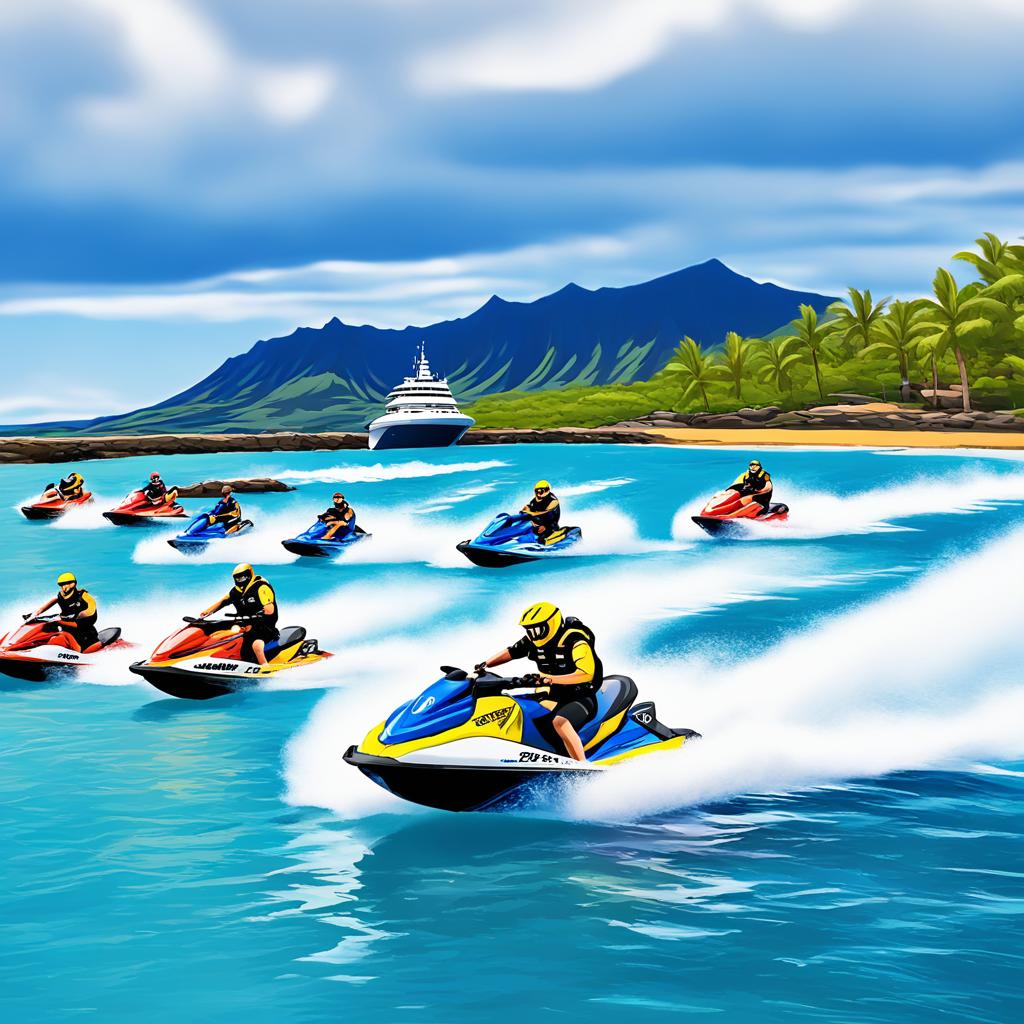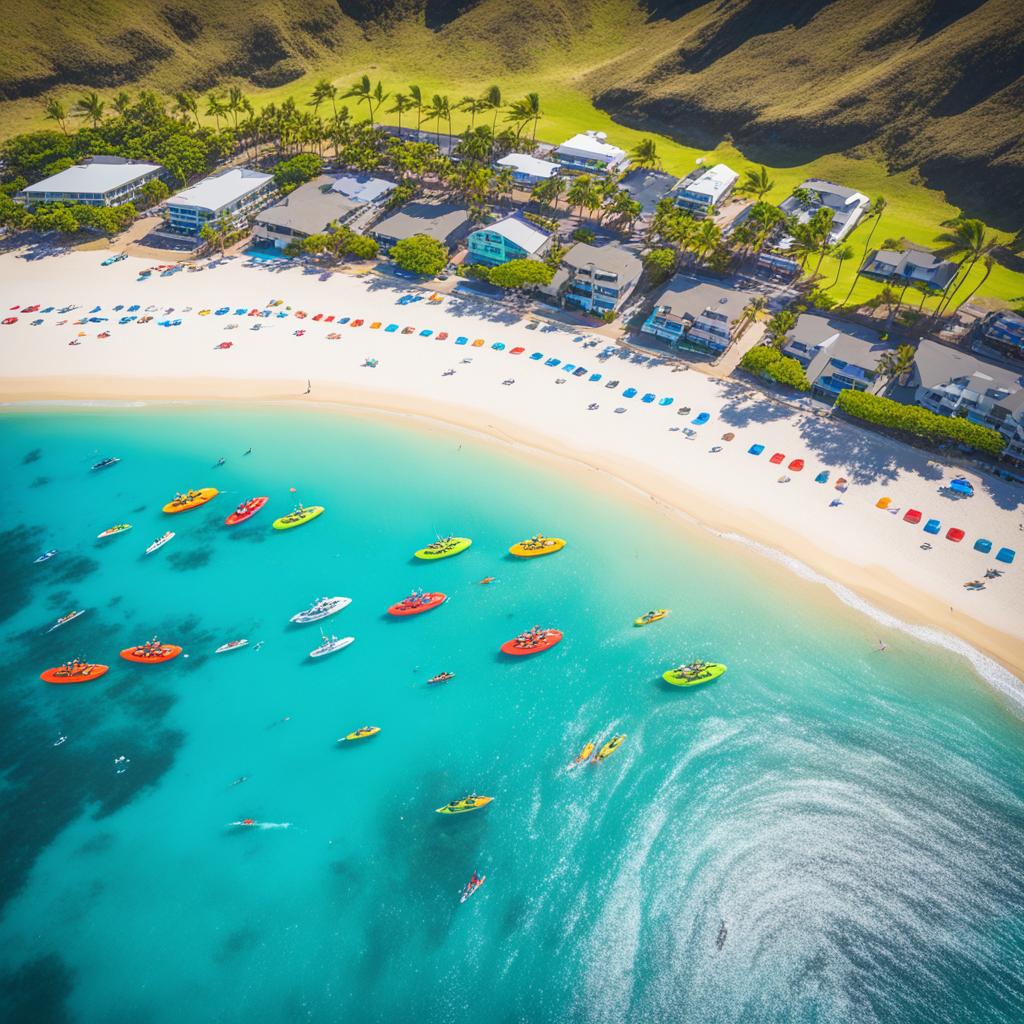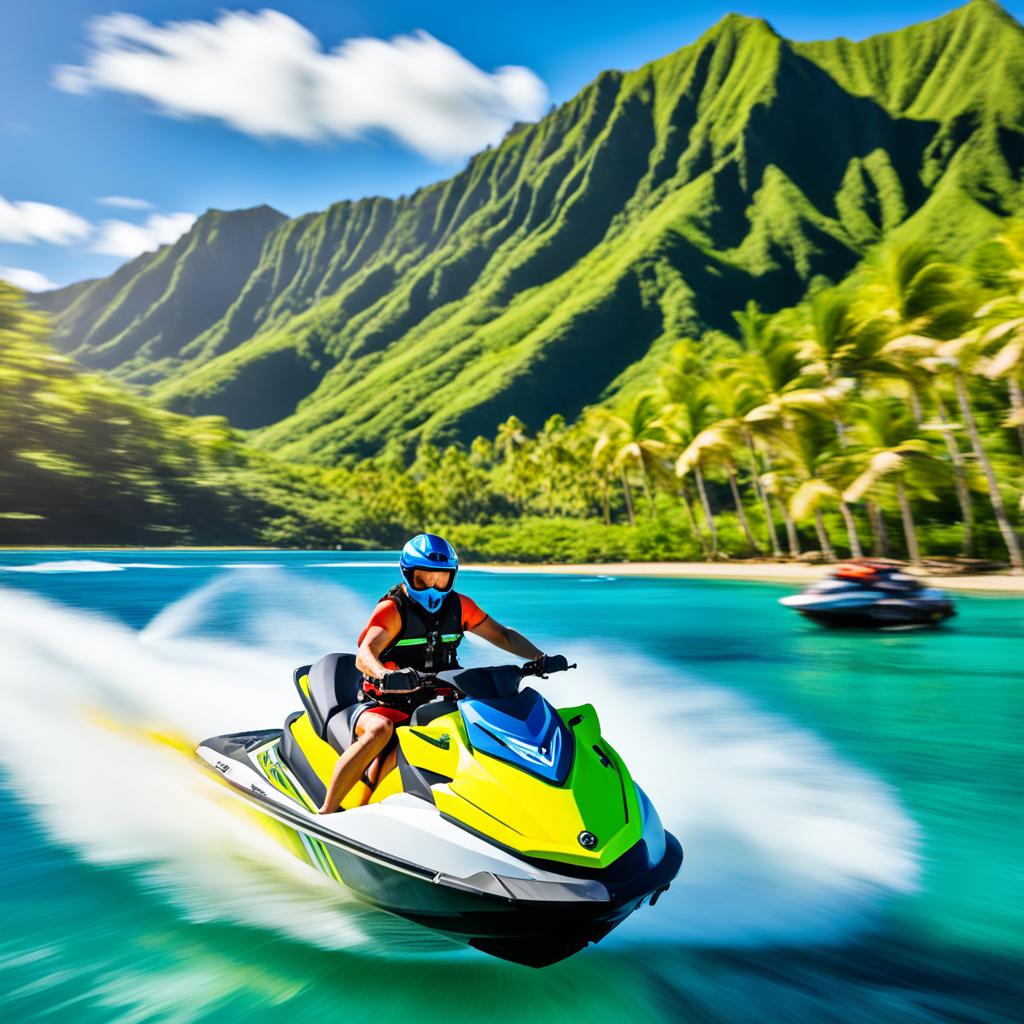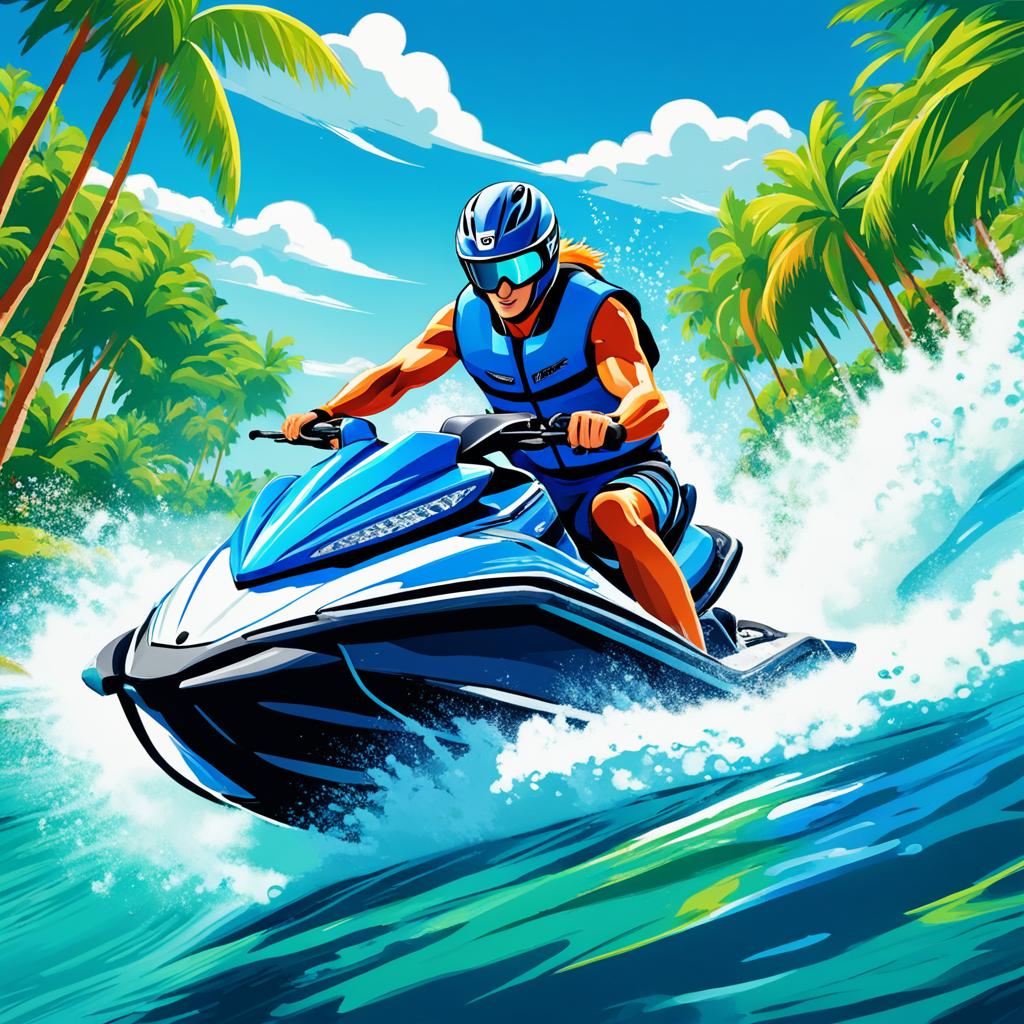When it comes to thrilling water adventures, few things compare to jet skiing. The rush of racing across the open ocean, feeling the spray of the waves on your face—it’s an experience like no other. But what about jet skis in Hawaii? Are they legal? Can you enjoy this exhilarating activity in the picturesque waters of the Aloha State?
There’s no denying that Hawaii is a paradise for water sports enthusiasts. From surfing to snorkeling, the islands offer endless opportunities for aquatic fun. But when it comes to jet skis, there are rules and regulations in place to ensure safety and preserve the natural beauty of Hawaii’s marine environment.
So, before you hop on a jet ski and hit the water, it’s important to know the ins and outs of jet ski legality in Hawaii. Are jet skis legal in Hawaii? Let’s find out.
Certification and Regulations for Thrill Craft Operators

Operating a thrill craft in Hawaii requires operators to obtain a certification through a state-approved course. In 2018, the rule language was amended to require certification through an institution of higher education. This certification is in addition to the basic boating safety course approved by the National Association of Boating Law Administrators (NASBLA) and the State of Hawaii.
The previous two-mile outer limit for thrill craft operation has been repealed, allowing operators more flexibility in their activities. However, there are specific areas where thrill craft operation is prohibited, including Kahoolawe, Lanai, Molokai, and Niihau. These restrictions are in place to safeguard the marine environment and ensure public safety.
Watercraft Regulation Key Points:
- To operate a thrill craft in Hawaii, operators must have certification from a state-approved course.
- Certification is required in addition to the basic boating safety course.
- The two-mile outer limit for thrill craft operation has been repealed.
- Thril craft operation is prohibited in certain areas to protect the marine environment and ensure public safety.
Where and When can Thrill Craft be Operated in Hawaii?

If you’re looking for thrilling adventures on the water in Hawaii, you’ll be pleased to know that there are designated riding areas where you can operate recreational thrill craft. These areas offer the perfect zones for adrenaline-pumping rides and stunning ocean views. To ensure you stay on the right track, here are the key details about the riding areas in Hawaii.
Riding Areas:
Below are some of the designated riding areas in Hawaii where you can enjoy your thrill craft safely and responsibly:
- Hilo Bay
- Kailua-Kona
- Haleiwa Harbor
- Heeia Kea Small Boat Harbor
- Maunalua Bay
These areas are carefully chosen to provide optimal conditions for thrill craft riding, ensuring a memorable experience.
Accessibility and Speed Restrictions:
When accessing the designated recreational thrill craft operating areas, it’s important to take the most direct route to minimize any potential impact on the surrounding environment. Additionally, thrill craft operators must maintain a speed of slow-no-wake within 300 feet of the shoreline to ensure the safety of marine life and other water users.
Non-Designated Areas:
In non-designated ocean recreation management areas, thrill craft can only operate in state waters between 500 feet from the shoreline or the outer edge of the fringing reef, whichever is greater. These restrictions apply to the islands of Kauai, Oahu, Maui, and Hawaii, helping to preserve the natural beauty of these regions.
Being aware of the boundaries and guidelines associated with the designated riding areas is crucial for thrill craft operators. By respecting these regulations, you’ll not only have an exhilarating experience but also contribute to the preservation of Hawaii’s stunning marine habitats.
Equipment Requirements for Thrill Craft Operators in Hawaii

As a thrill craft operator in Hawaii, it is crucial to ensure that your watercraft complies with all carriage requirements specified by the U.S. Coast Guard. These requirements are in place to enhance safety and protect everyone on board.
A thrill craft, typically around 13 feet in length, is considered a Class A vessel. Therefore, it must have the following equipment on board:
- Vessel Certificate of Number/State Registration
- Type B-1 fire extinguisher
- Sound producing device
- Personal flotation devices (PFDs) for all operators and riders
Additionally, the compartments of all vessels must be ventilated, and the vessel must be equipped with a backflame arrestor as well as appropriate state stickers and decals.
During daylight hours, visual distress signals are not required. However, navigational lights are necessary during periods of reduced visibility or at night.
To summarize, here are the equipment requirements for thrill craft operators in Hawaii:
| Equipment | Requirement |
|---|---|
| Vessel Certificate of Number/State Registration | Required |
| Type B-1 fire extinguisher | Required |
| Sound producing device | Required |
| Personal flotation devices (PFDs) for all operators and riders | Required |
| Ventilated compartments | Required |
| Backflame arrestor | Required |
| State stickers and decals | Required |
| Visual distress signals | Not required during daylight hours |
| Navigational lights | Required during periods of reduced visibility or at night |
By ensuring that your thrill craft has all the necessary equipment, you can have a safe and enjoyable experience while operating in the beautiful waters of Hawaii.
Additional Guidelines for Thrill Craft Operators in Hawaii
Aside from the specific regulations and equipment requirements, it is crucial for thrill craft operators in Hawaii to follow these general guidelines to ensure responsible and safe watercraft operation.
When operating a thrill craft a mile or more from the shore, it is highly recommended to have a VHF radio or an Emergency Position Indicating Radio Beacon (EPIRB) on board. These communication devices can provide critical assistance and emergency signaling capabilities, particularly in situations where mobile phones may not have a signal or withstand harsh weather conditions.
Moreover, operators should be aware of seasonal closures in specific areas, such as the west and south shores of Maui between December 15 and May 15. By respecting these closures, thrill craft operators contribute to the protection and preservation of the marine ecosystem during sensitive breeding seasons.
Lastly, it is important for operators to be well-informed about the rules and regulations governing thrill craft operation in Hawaii. This includes understanding the designated riding areas, speed limits, and restrictions in place to ensure public safety and minimize adverse impacts on marine life. By staying informed and complying with these guidelines, thrill craft operators can enjoy their watercraft responsibly and contribute to the overall enjoyment and sustainability of Hawaii’s waters.


